Creating the Federation
The Federation is mentioned for the first time in the episode “Arena” of The Original Series, but it remained ill-defined for a long time. Episodes in Season 2 would make reference to an Earth Federation (“Friday’s Child”) and a Federation of Planets (“A Piece of the Action”). The United Federation of Planets was first mentioned in “A Taste of Armageddon” — although Gene Lyons’ character, Ambassador Robert Fox, also refers to a Federation Central in that episode when “Amok Time” had already established the existence of a Federation Council.
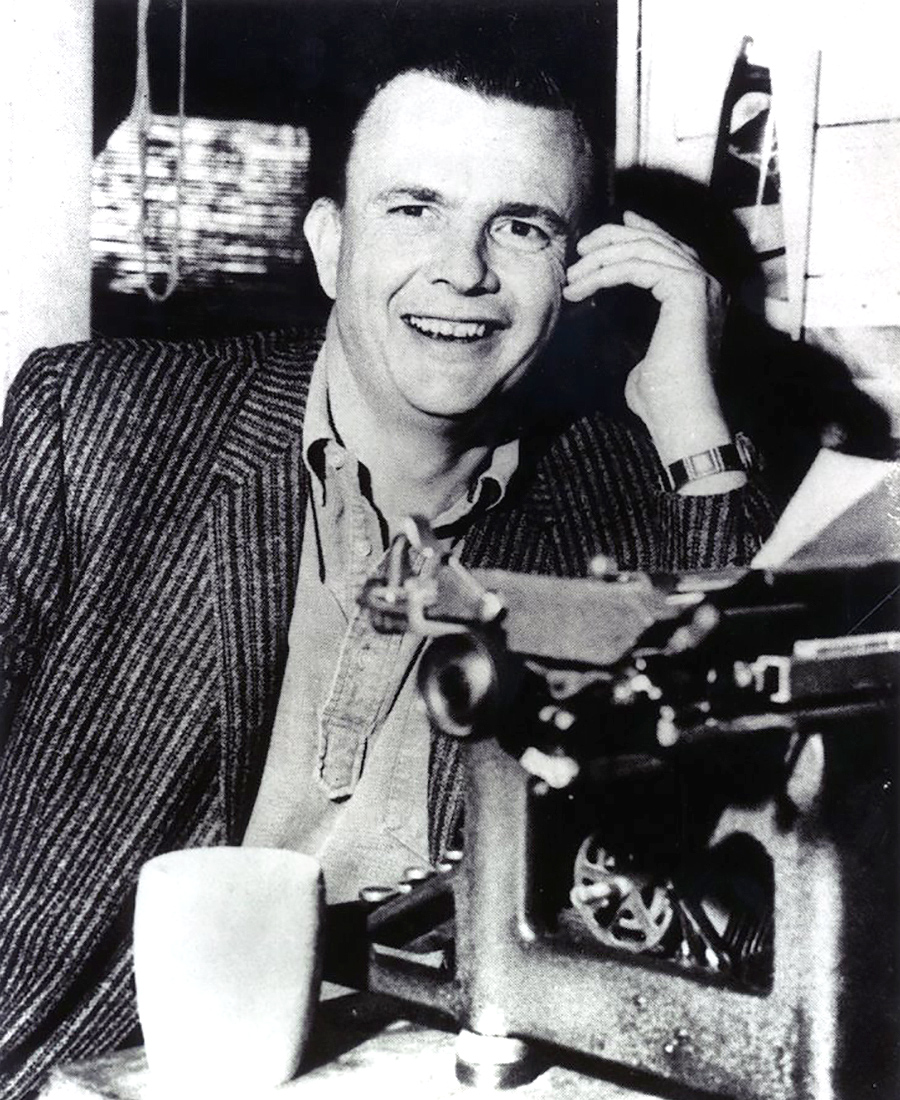
Both “Arena” and “A Taste of Armageddon” were written by Gene L. Coon, whom William Shatner credits in his book Star Trek Memories with injecting the concepts of the Federation, Starfleet and Starfleet Command into the show.
The Federation was portrayed as devoted to peace and exploration. “We live in peace with full exercise of individual rights,” Kirk says in “Let That Be Your Last Battlefield”. He describes the Federation more poetically in “Whom Gods Destroy”:
A dream that became a reality and spread throughout the stars.
We learn that the Federation is committed to upholding the autonomy of all planets, members or not. In “The Cloud Minders”, class segregation still exists on a Federation world. In “Friday’s Child”, Kirk tells the leader of non-member planet that the “highest” Federation law “states that your world is yours and will always remain yours.” The Prime Directive, another Coon creation and mentioned for the first time in “The Return of the Archons”, prohibits interference in the natural development of pre-warp civilizations. It is sometimes referred to as General Order 1 or the Non-Interference Directive — and Kirk routinely violates it.
The inspiration was the United States, a federation itself with an historically weak central government and founded, like the Federation of Star Trek, on principles of self-determination and self-government. Lane Crothers argues in “From the United States to the Federation of Planets: Star Trek and the Globalization of American Culture,” published in Gene Roddenberry’s Star Trek: The Original Cast Adventures, that the Vulcan philosophy of “Infinitive Diversity in Infinite Combinations” was “an updating of the United States motto, e pluribus unum: out of many, one.”
The only time a United Federation of Planets logo, or in this case a pennant, was seen on The Original Series was in “And the Children Shall Lead”.
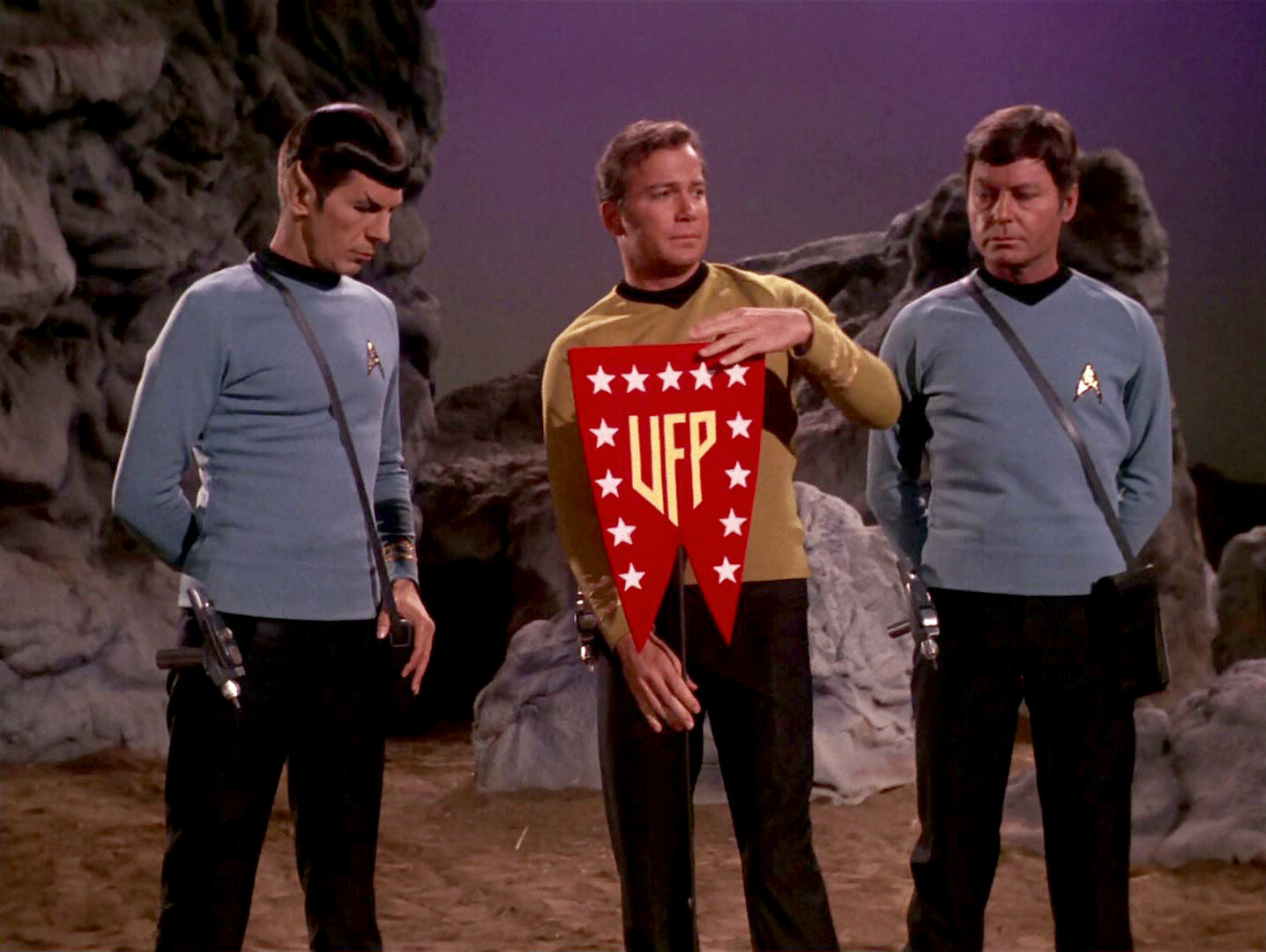
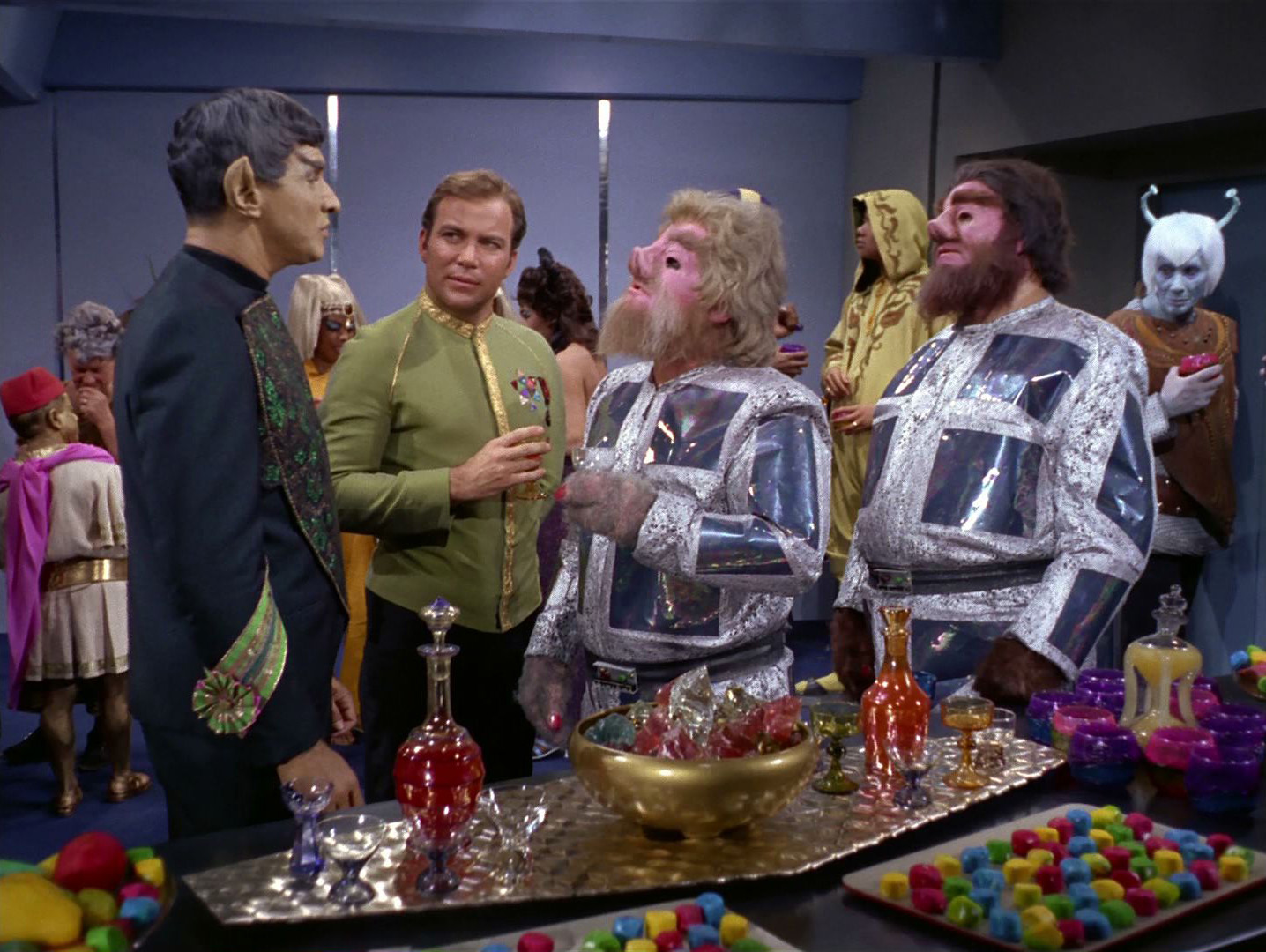
The Original Series did not have the budget to regularly feature non-human-looking members of the Federation other than the Vulcans.
“Journey of Babel” introduced two new species that would live large in the imagination of fans: Andorians and Tellarites. Trekkers long speculated that both must have been founding members of the Federation. This wasn’t confirmed until the fourth season of Star Trek: Enterprise.
Writer Mike Sussman, a longtime Star Trek fan, recalled in a 2015 interview with Star Trek: The Official Starships Collection that Producer Brannon Braga had called him to ask which races created the Federation.
What flipped through my mind was that it had never been established, but there had been a lot of fan speculation going back to “Journey to Babel” that many of those races … were among the founding members. For that quarter of a second I’m thinking, “What do I tell him? If I say it’s never been decided, he might make up a couple of new races and that might set certain people off.” So I basically lied to him and said, “Oh yeah, it’s Andorians and Tellarites.” He put it in the script and now it’s canon!
Franz Joseph’s Star Fleet Technical Manual (1975), Star Trek: Star Charts (2002) and a newspaper clipping created for Picard’s family album in Star Trek Generations all mention Alpha Centauri as the fifth founding state. Since the text wasn’t legible on screen, however, fans debate whether this should be treated as canon or not.
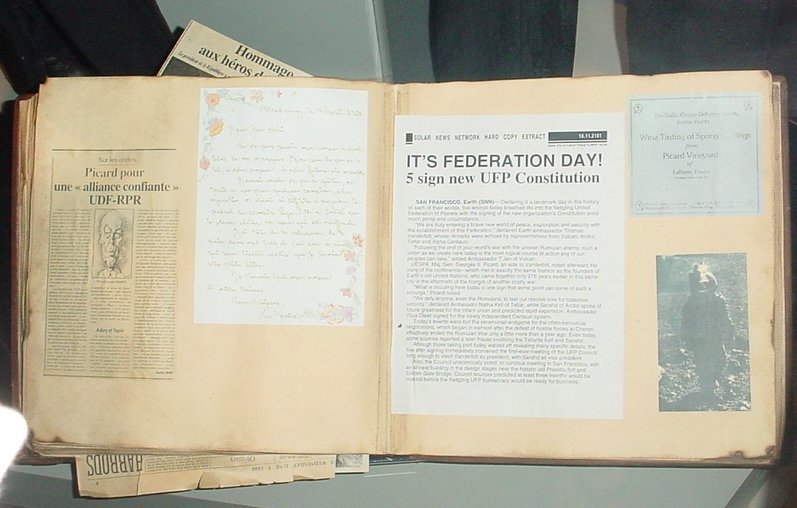
Movie era
Star Trek: The Motion Picture introduced the Federation emblem that would be used, in numerous variations, throughout the rest of the franchise.
Visit Ex Astris Scientia to learn more about the evolution of the Federation emblem.
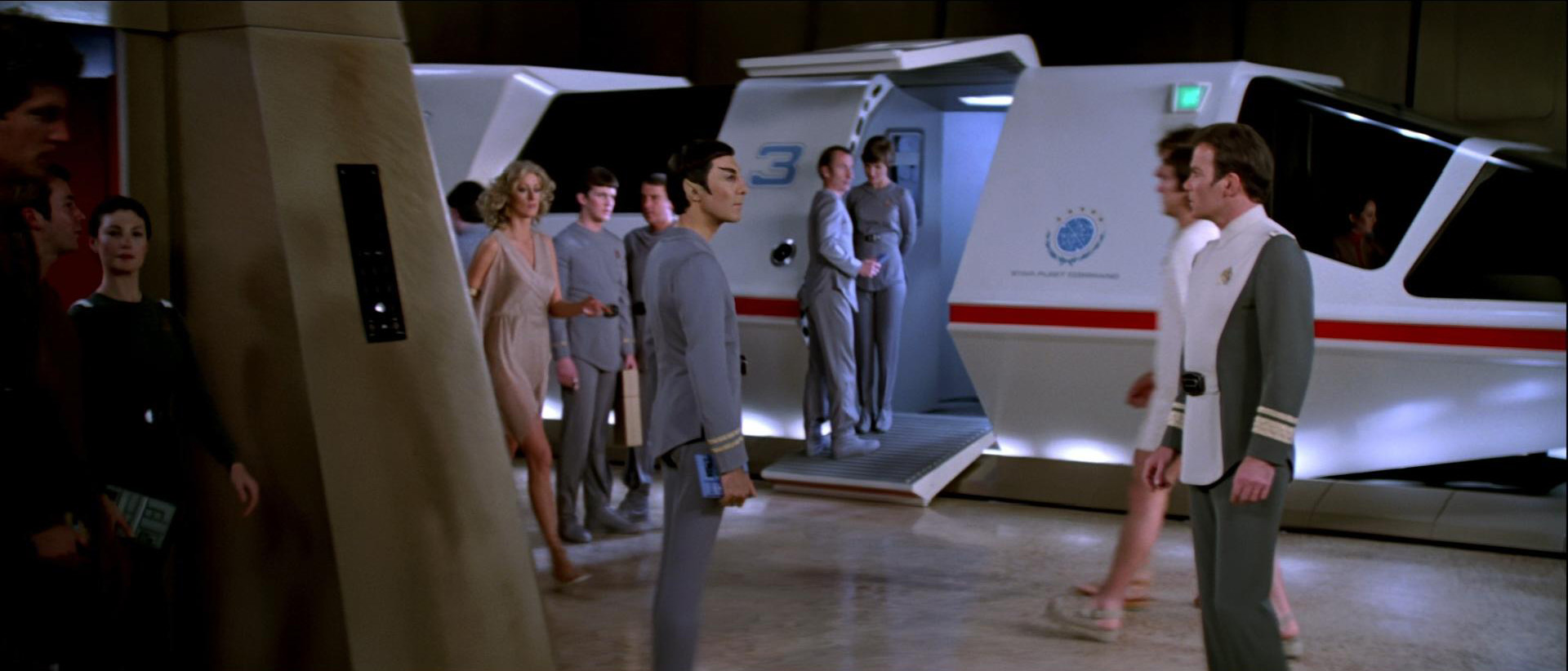
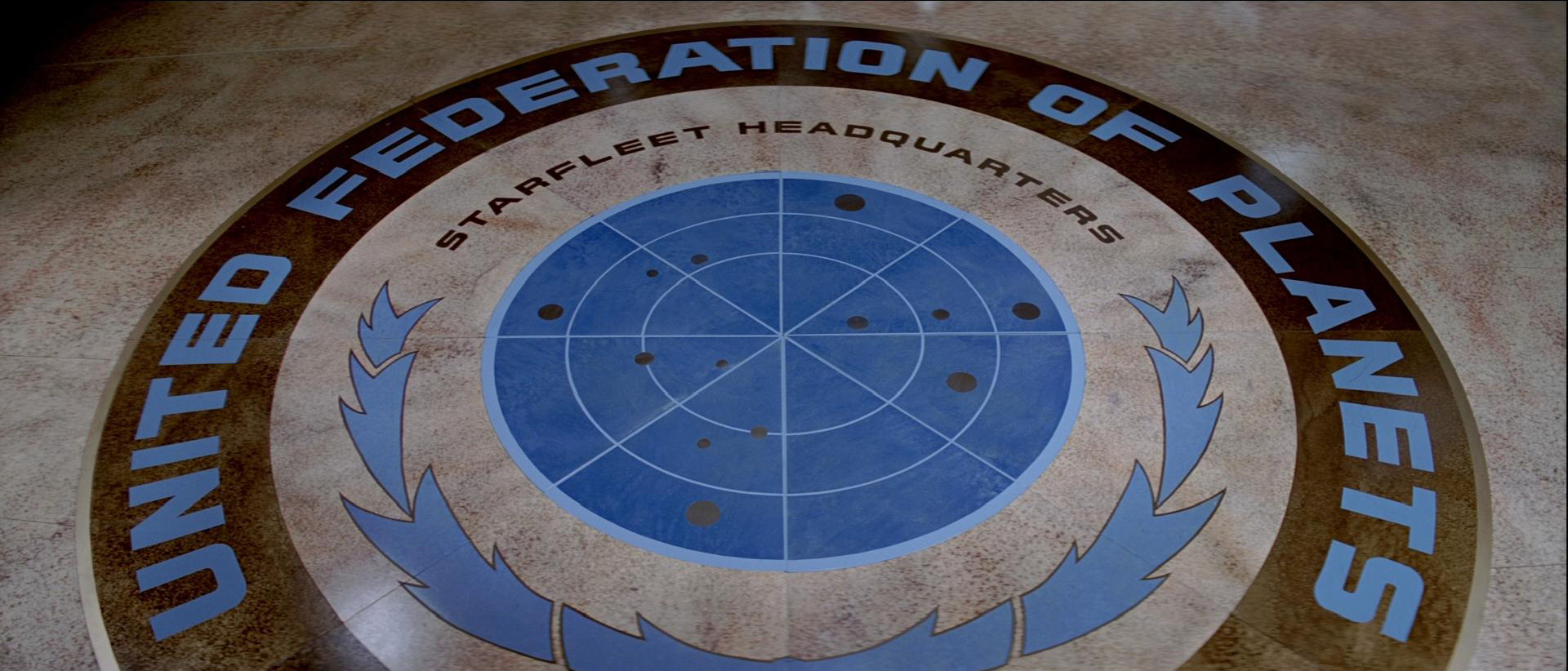
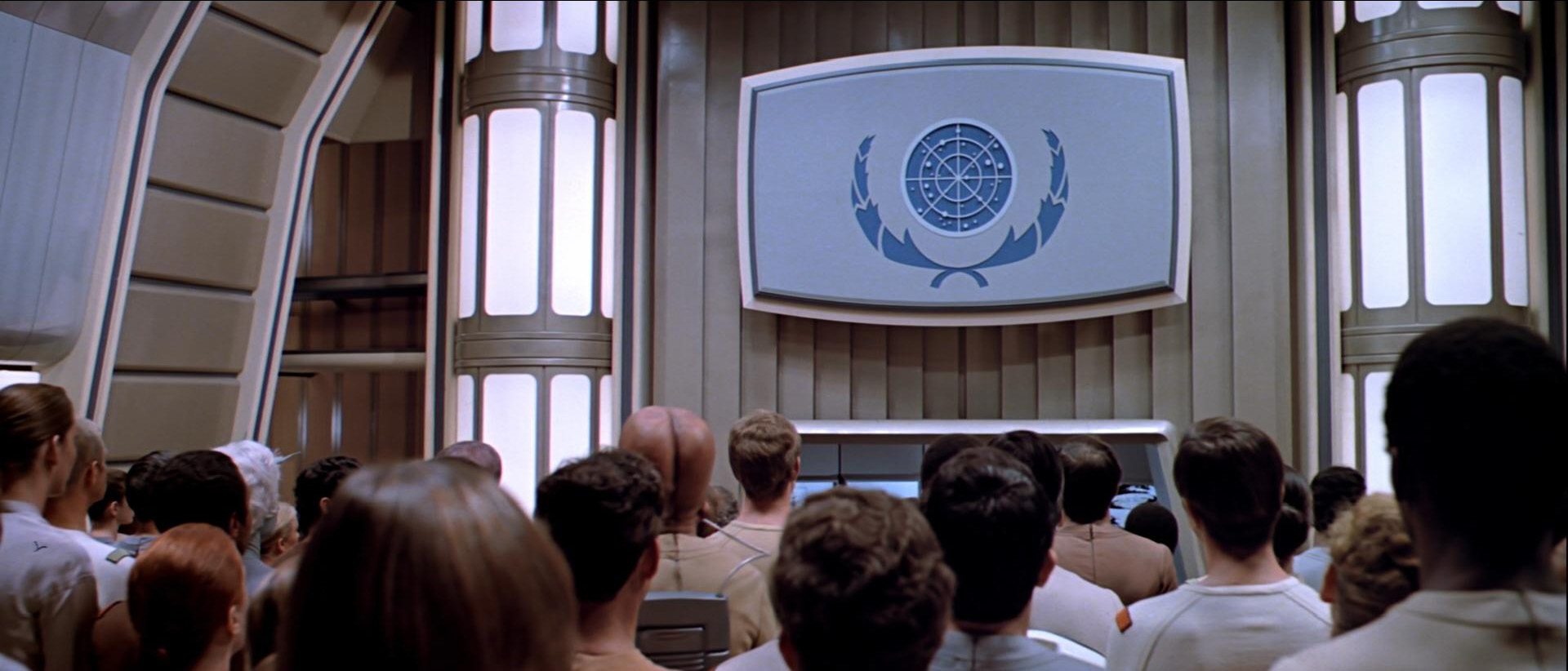


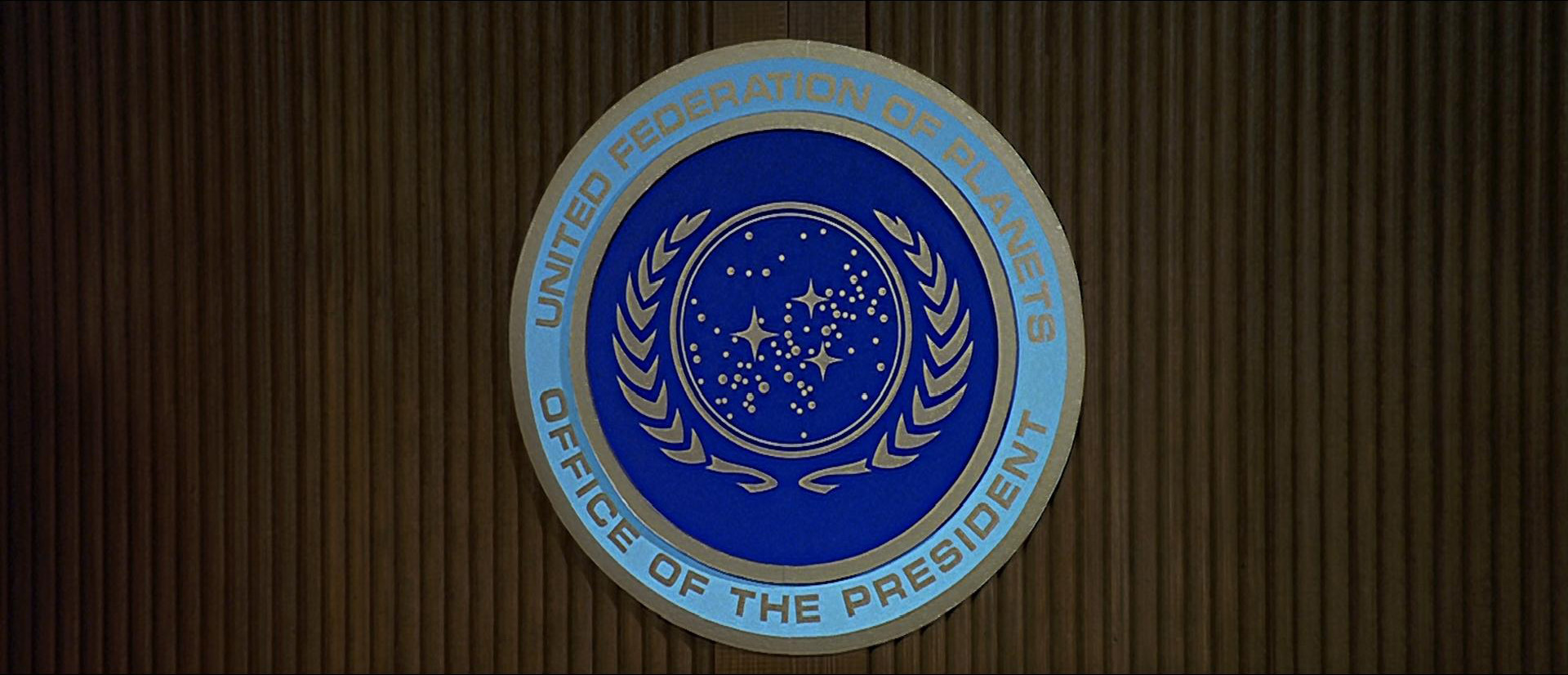
The movies also revealed more about the inner workings of the Federation.
The Federation Council is seen in Star Trek IV: The Voyage Home, where it meets in San Francisco to court-martial Kirk and his crew for stealing the Enterprise.

We may assume that wasn’t the full council, but rather a committee overseeing Starfleet. That would explain why it met in San Francisco in a building that would appear as Starfleet Headquarters in The Next Generation, and it would explain the presence of so many Starfleet officers. (Active-duty personnel surely wouldn’t be allowed to serve as lawmakers while veterans wouldn’t wear their uniforms in civilian roles.)
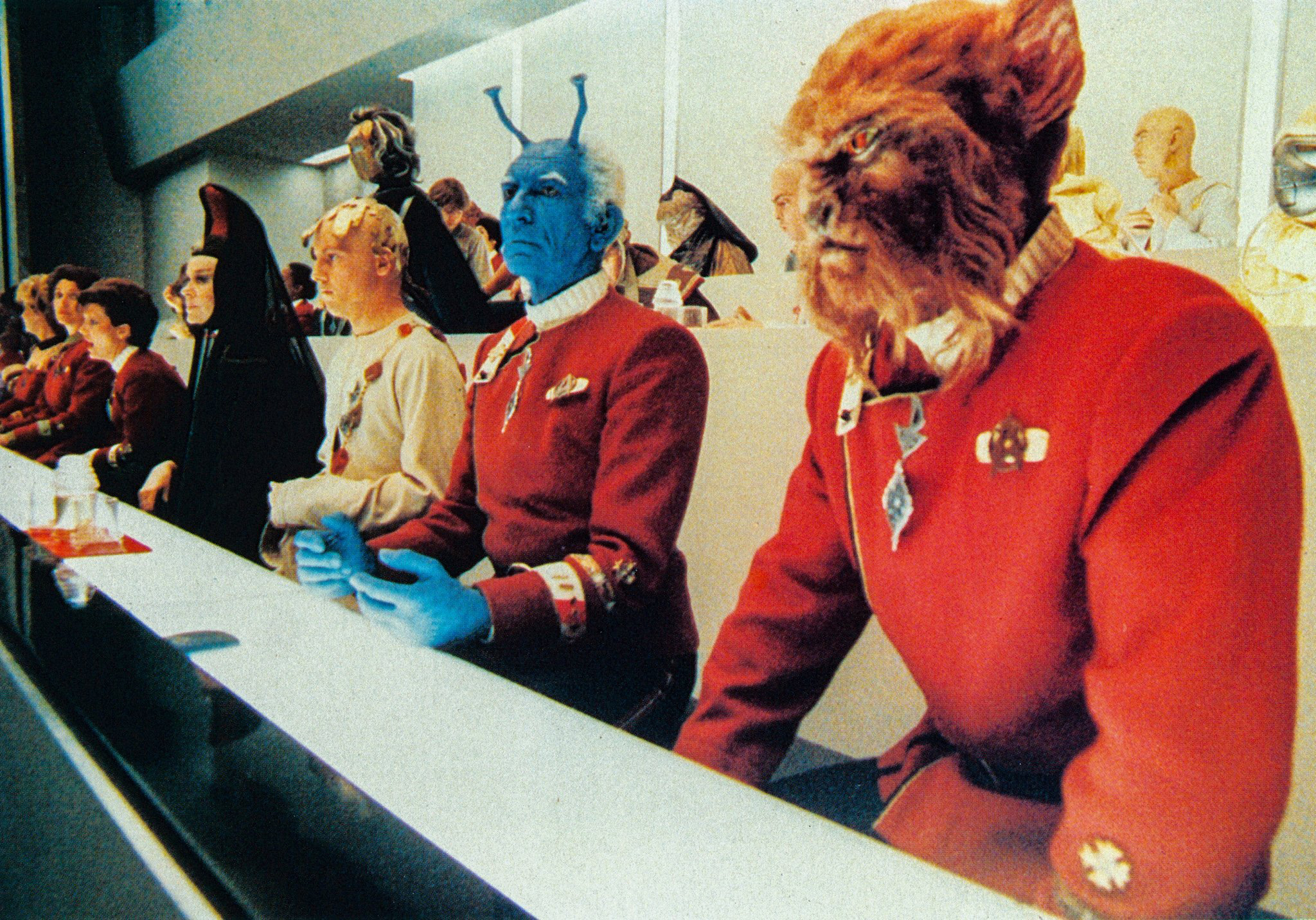
The Voyage Home also established the existence of a Federation president, whose role was further defined in Star Trek VI as well as the episodes “Homefront” and “Paradise Lost” of Deep Space Nine. The inspiration was again America. The Federation president is simultaneously chief executive of the government, top diplomat and supreme military commander; a lot of power for one person in an alliance spanning 8,000 lightyears (according to Picard in First Contact) and members with wildly different cultures, norms and forms of government.
The Federation of the movies wasn’t perfect. In The Undiscovered Country, Azetbur (Rosana DeSoto), the daughter of the Klingon chancellor, calls it “a homo sapiens-only club.” The preponderance of humans in Federation service is clearly not an accident. The Enterprise crew are openly racist toward the Klingons to the point where Nichelle Nichols refused to say two lines. One, “Guess who’s coming to dinner?”, was given to Walter Koenig. The other, “Would you like your daughter to marry one?”, was dropped from the film.
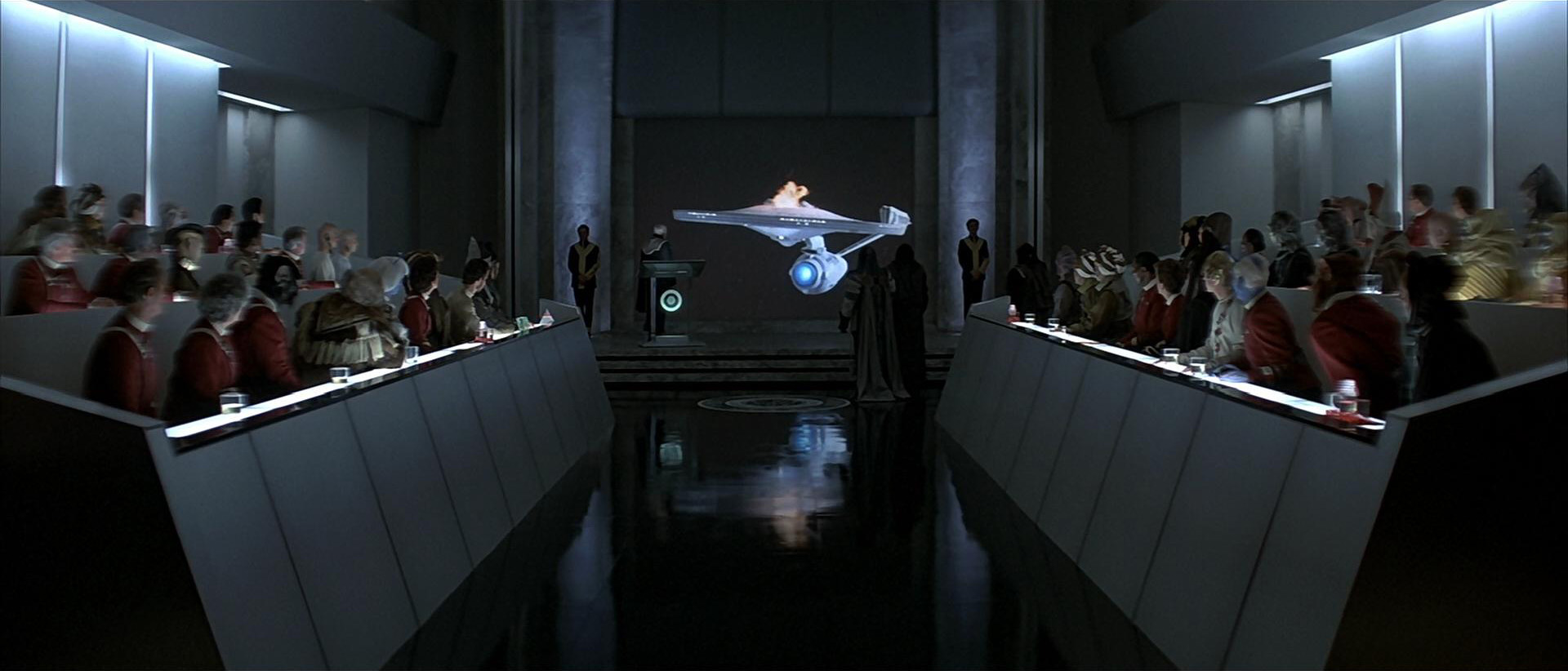


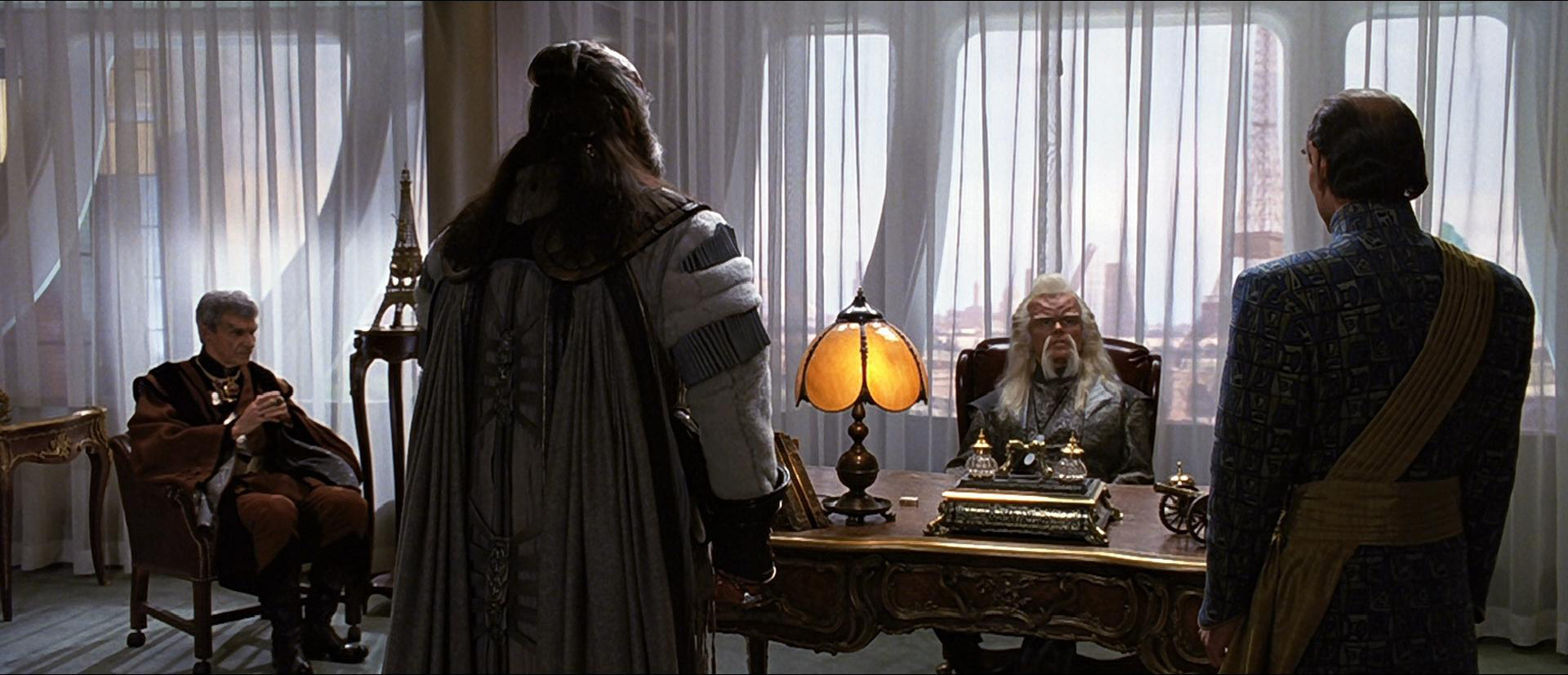
The Next Generation
Roddenberry portrayed a more confident and prosperous Federation in The Next Generation, one that was at peace with Kirk’s enemies, the Klingons and Romulans, but also one whose attitudes could border on the arrogant.
The Starfleet of the twenty-fourth century was so committed to the Prime Directive that Picard was willing to let entire civilizations perish in “Homeward” and “Pen Pals” to avoid intervention.
It took two new adversaries, the Cardassians and the Borg, to shake the Federation’s high-mindedness. Conflict with both races gave the show some of its best episodes: “Q Who”, “The Best of Both Worlds”, “Chain of Command”.
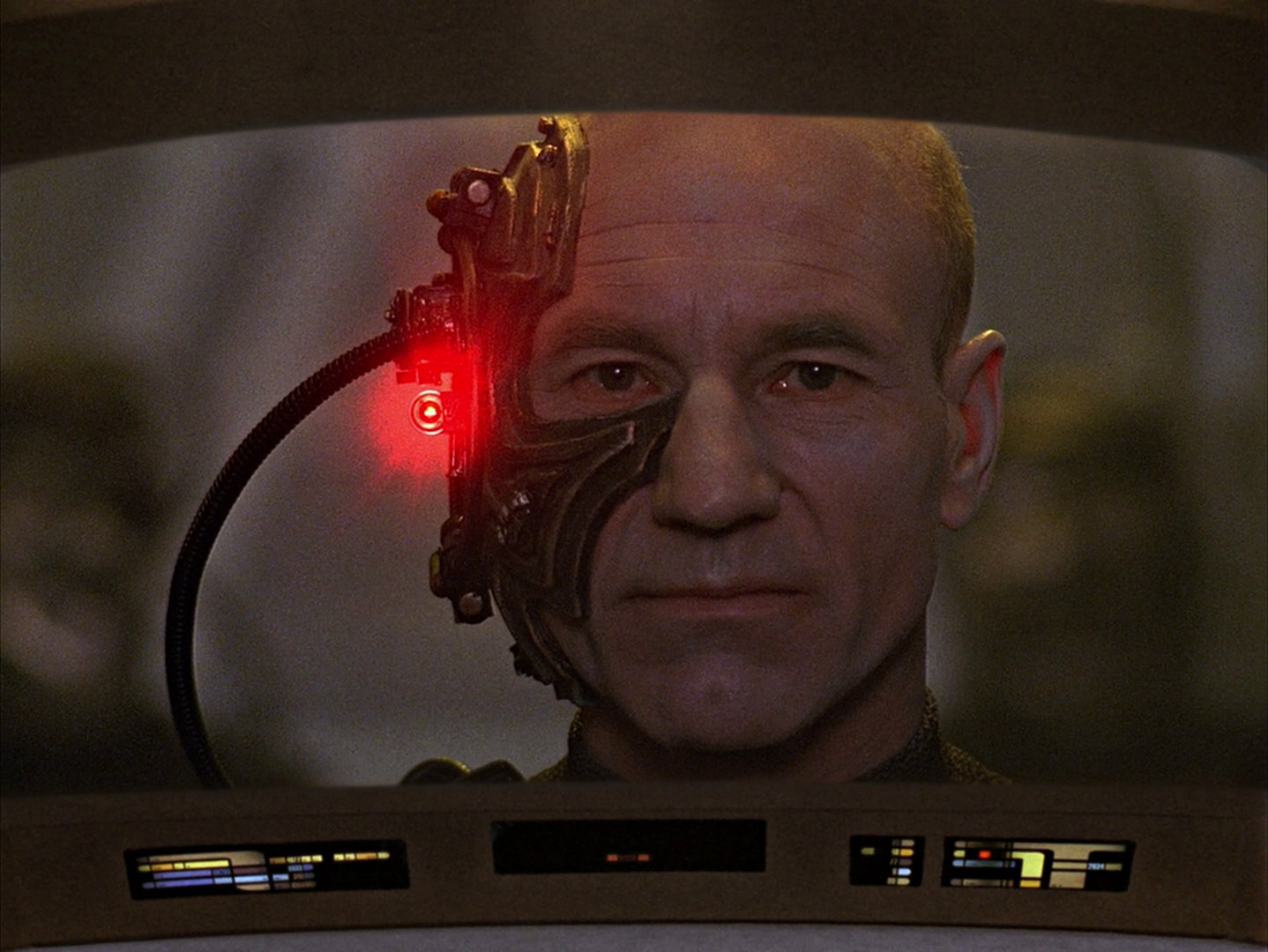
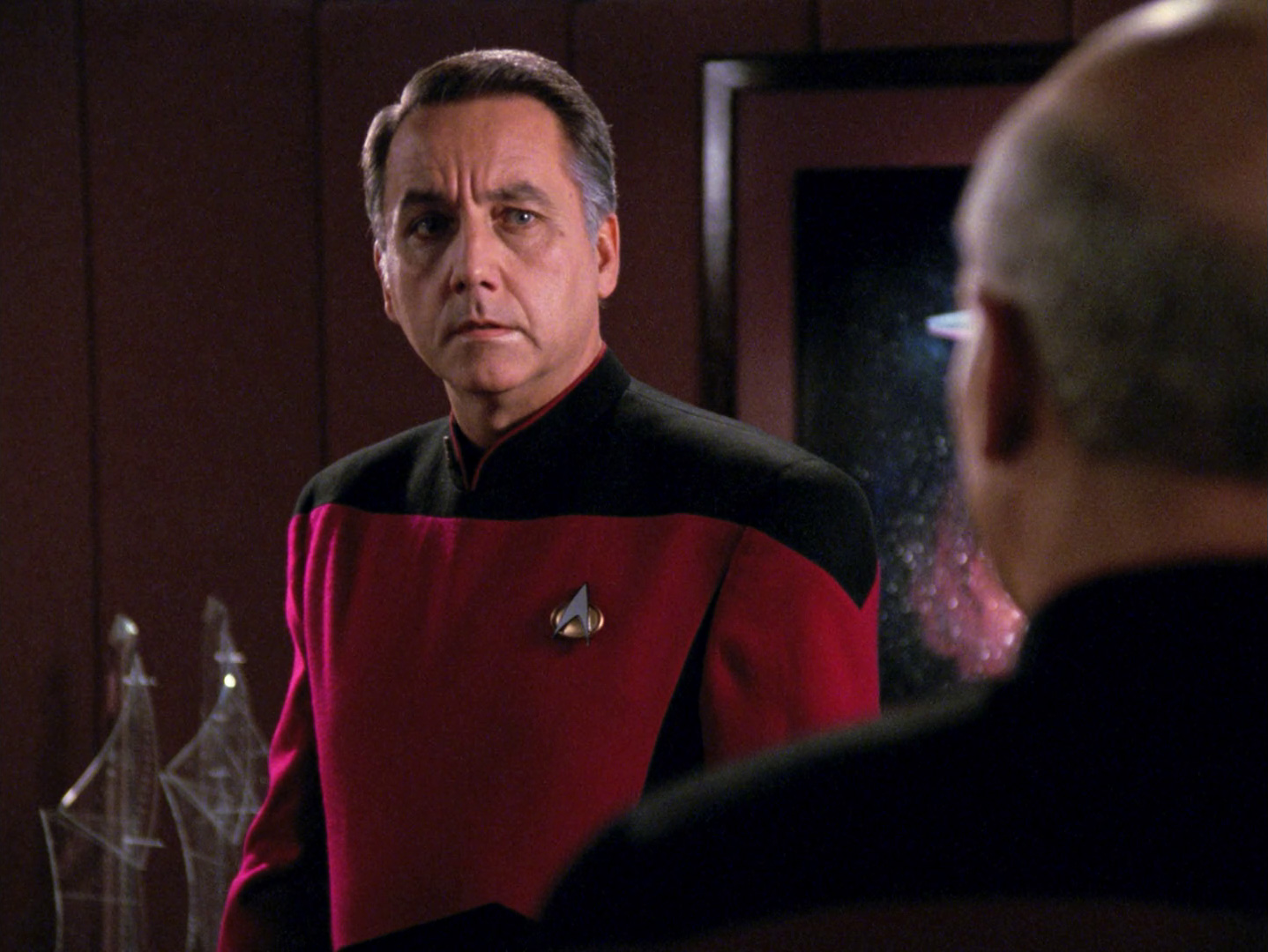
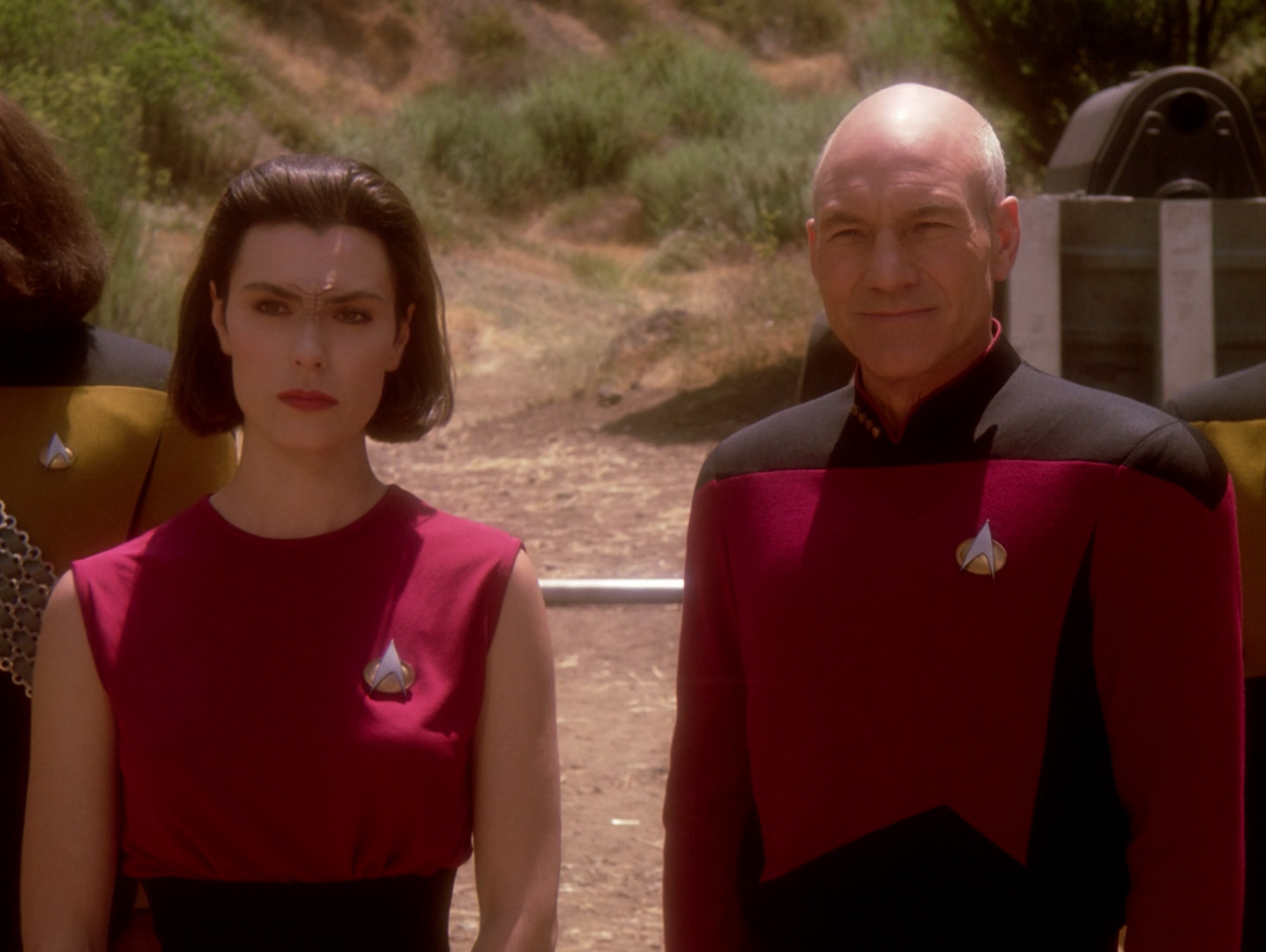
After Roddenberry’s death in 1991, The Next Generation darked to explore the darker side of paradise. It showed a renegade Starfleet captain in “The Wounded”, who could not put the war with the Cardassians behind him. It introduced the Maquis, who rebelled against the Federation for signing a peace with Cardassia that left their worlds on the wrong side of the new border. And it explored Picard’s trauma from his assimilation by the Borg in “Family” and First Contact.
The Next Generation gave the impression of a more sprawling Federation, but it revealed only a little more about its politics and laws. A right against self-incrimination, the Seventh Guarantee of the Constitution of the Federation, is mentioned in “The Drumhead”. Picard says in “Attached” that every member of the Federation entered as a unified world, but that episode’s debate about whether to admit one of Kesprytt III’s two nations suggests this might be a convention rather than law.
Deep Space Nine
The fallibilities and shortcomings The Next Generation had hinted at became the backbone of Star Trek: Deep Space Nine.
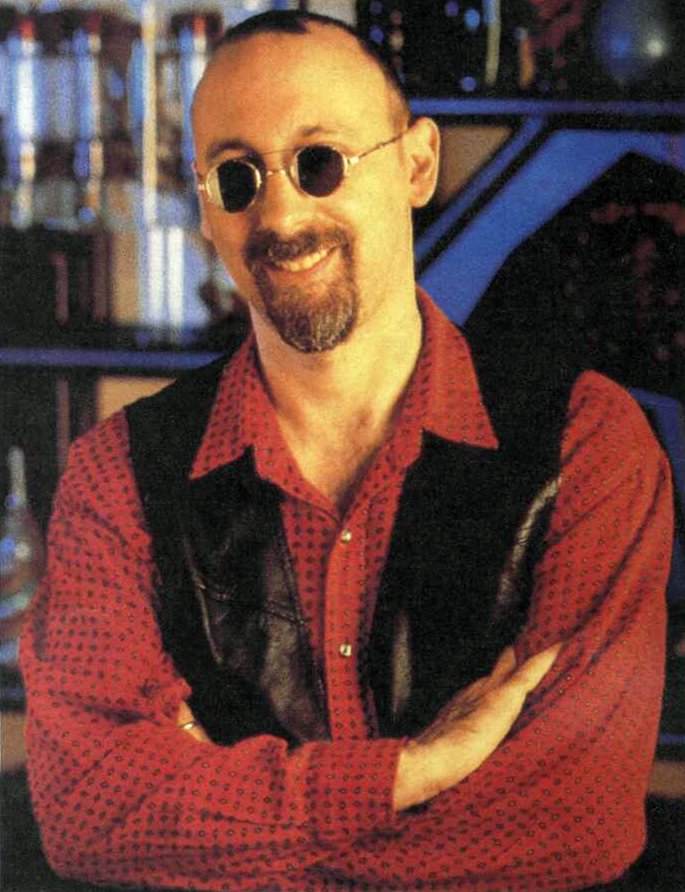
“Anything where we can have Federation people acting in ways that the Federation doesn’t advise or support is interesting to me,” Executive Producer Ira Steven Behr told Cinefantastique in 1994.
To stay true to Roddenberry’s vision, the show often used the Bajorans and the Ferengi to tell stories about human weakness. (See Creating the Ferengi.) But just like The Undiscovered Country had brought human racism toward Klingons to light, Starfleet personnel on Deep Space Nine could act superior toward both aliens: the Bajorans for their superstitions, the Ferengi for their greed.
The show also didn’t shy away from putting its Federation characters to the test.
The early seasons made eager use of the Maquis. “This turned out to provide a wealth of story material for us on DS9 in the second half of the second season,” Michael Piller, one of the series’ co-creators, told Captains’ Logs Supplemental – The Unauthorized Guide to the New Trek Voyages.
Writer Ronald D. Moore said in an AOL chat in 1997 that despite the Federation’s justification for hunting the Maquis — their raids on Cardassians put the peace treaty at risk — “Eddington’s statement [in “For the Cause”], that the real problem is that the Maquis have left the Federation and that no one leaves the Federation, has more than a kernel of truth in it. There’s a sense of betrayal associated with the Maquis in the minds of the people in the Federation, regardless of whether that’s an irrational feeling or not.”
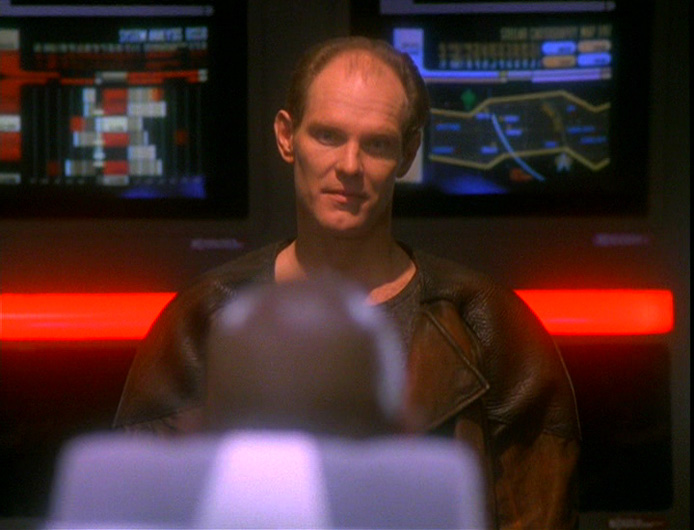
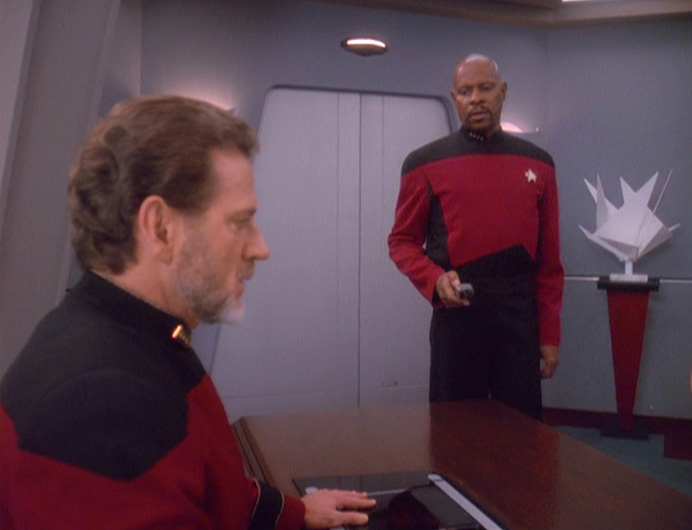
The Dominion, and their Changeling Founders, posed an even greater threat. Fear of imposters led to random blood tests, an infraction of civil liberties only Sisko’s father (played by Brock Peters, who ironically also portrayed one of the admirals who plotted to scuttle a peace deal with the Klingons in Star Trek VI) complains about in “Homefront”.
Even though that episode, and “Paradise Lost”, showed a Starfleet coup against the Federation’s civilian government, trust in authority never seems to wane. Although we mostly see events through the eyes of Starfleet personnel.
The original plan was for the story to take an even worse turn. Vulcan was meant to secede amid fears of Dominion infiltration, almost triggering a Federation civil war.
Moore is quoted in Captains’ Logs Supplemental calling the two-parter “Homefront” and “Paradise Lost” an important show that demonstrated even the best of governments need to be watched.
Robert Hewitt Wolfe, who wrote the episodes together with Behr, is quoted in the same book as saying:
If the United States became a fascist state to fight fascism, would that be worth it? I would say no and most Americans would say no, and that’s a special thing about the United States and a special thing about the Federation. We really wanted to explore the idea of whether or not you would destroy the village in order to save it. We know that the Star Trek answer is no.
Behr was emphatic that, despite all the challenges Deep Space Nine threw at it, the Federation at its core hadn’t changed. “Rick Berman felt very strongly that it is basically a trading alliance,” he told the Star Trek: Deep Space Nine Companion. “A lot of people think of the Federation in basically military terms, but that’s not really what it is.”

4 comments
Submit comments by email.